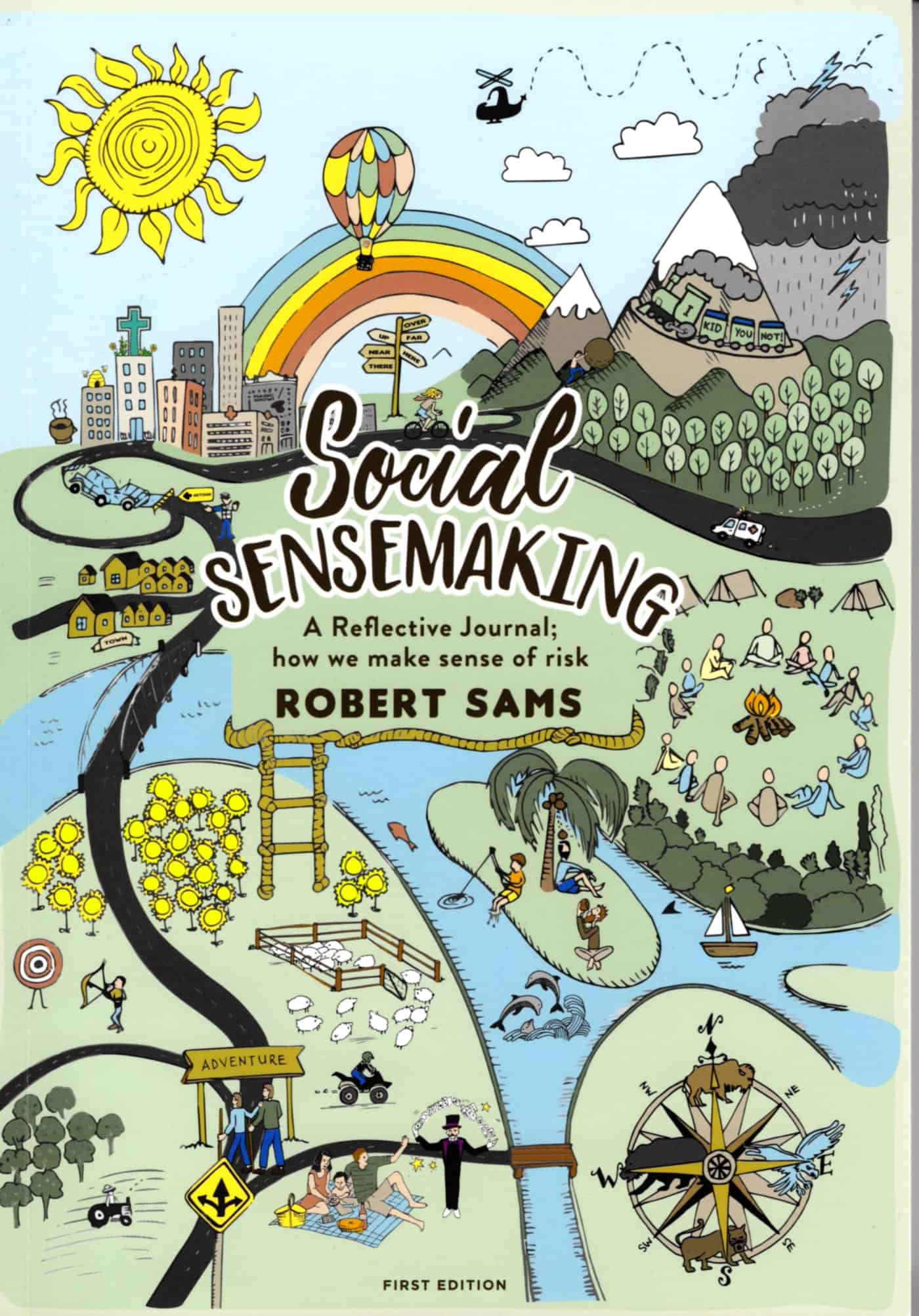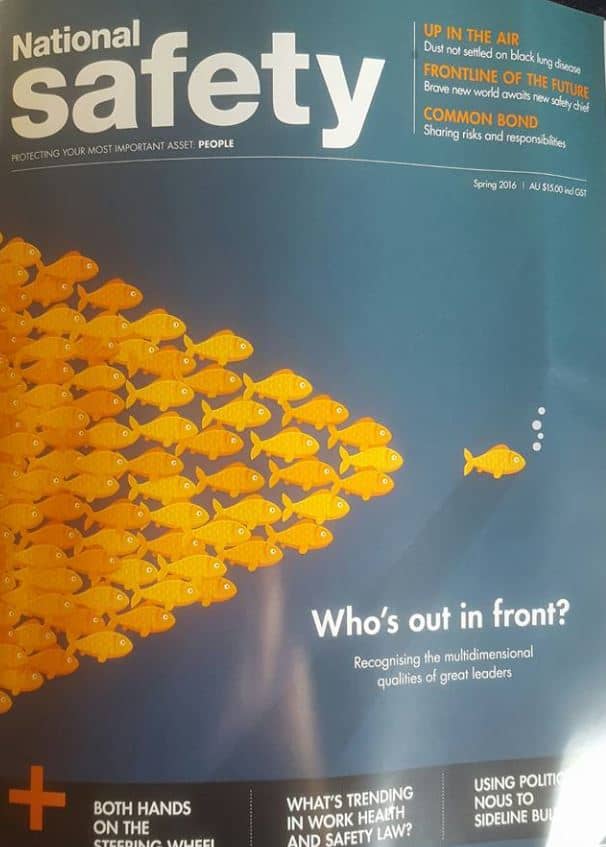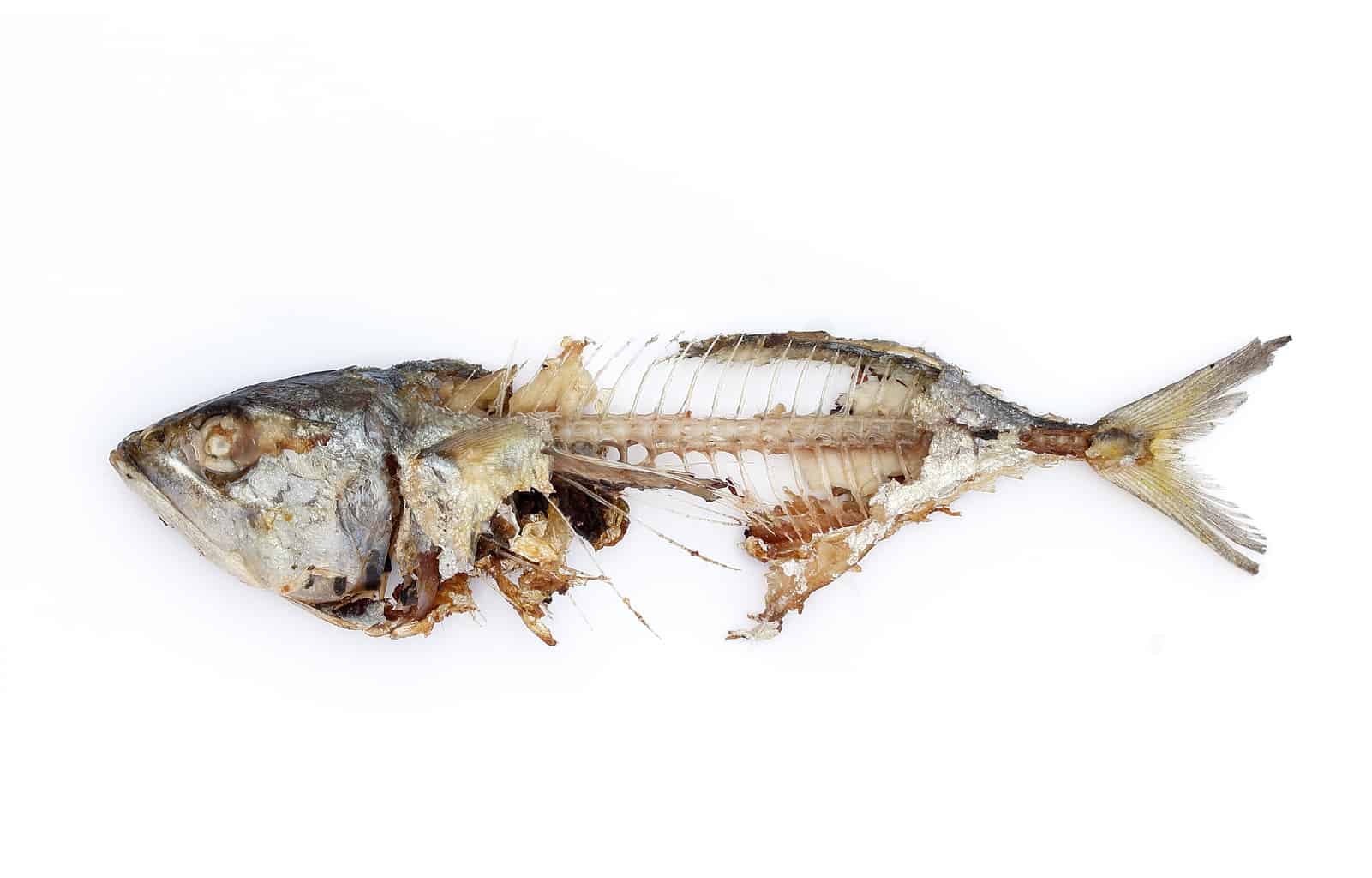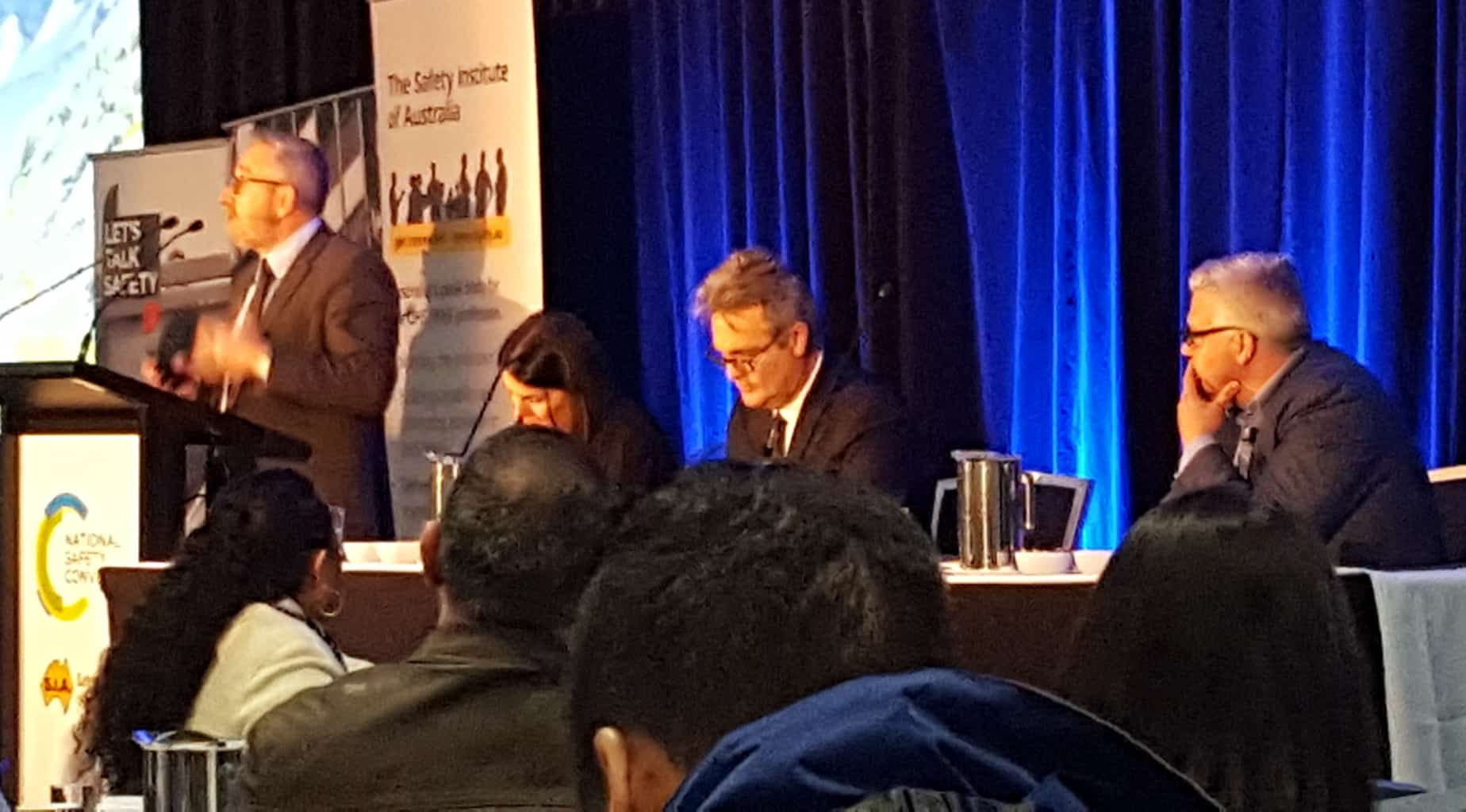 The media is full of lists of Christmas reading, usually in order to sell books. Below is a selection of the safety-related books that are in my Summer reading pile. (No, I am not going to list the Batman comics or Star Trek books. That would be embarrassing.)
The media is full of lists of Christmas reading, usually in order to sell books. Below is a selection of the safety-related books that are in my Summer reading pile. (No, I am not going to list the Batman comics or Star Trek books. That would be embarrassing.)
I first met Robert Sams at a book launch of one of the Rob Long’s books. Sams’ approach to risk has some similarity to Long’s, which is acknowledged in the Forewards, but those who develop or apply a theory are often more interesting than those who created the theory. The the format of the book is a “reflective journal” also makes this nook more intriguing. It is part diary, part blog, part journal but above all it is a journey of learning with the occasional epiphany. Continue reading “SafetyAtWorkBlog’s Christmas reading list”

 On November 15, 2016, the
On November 15, 2016, the  In response to a question about leadership in small- to medium-sized businesses, Lacey said that leadership “applies to all”:
In response to a question about leadership in small- to medium-sized businesses, Lacey said that leadership “applies to all”: The attention given to senior executive leadership is an organisational echo of the economic
The attention given to senior executive leadership is an organisational echo of the economic 
